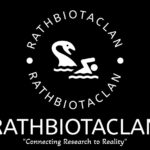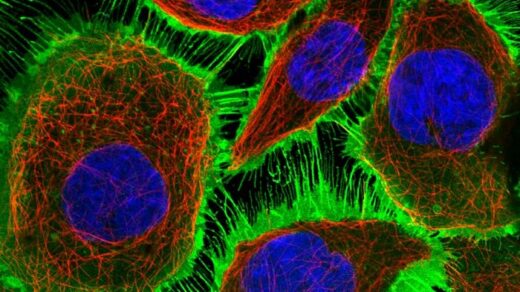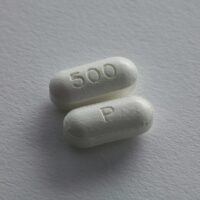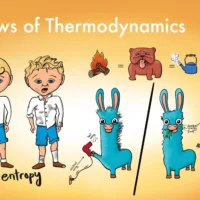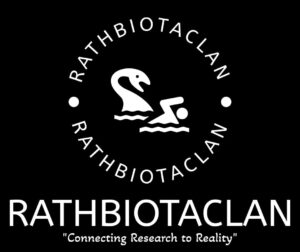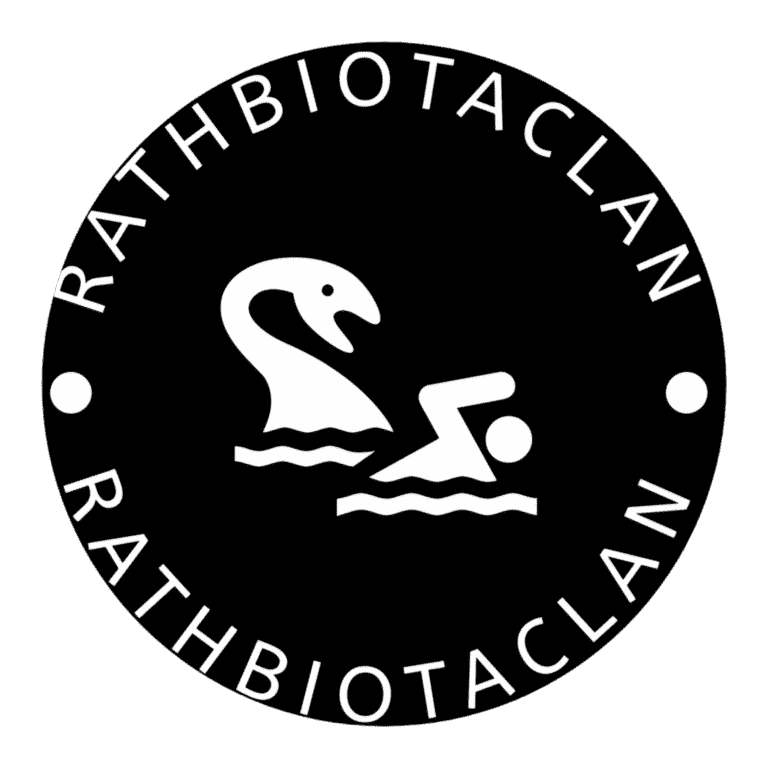Beta Oxidation
Overview of Beta Oxidation:-
🦨Definition:
Beta oxidation is a metabolic process during which fatty acid molecules are broken down to produce energy.
🦨Mechanism:
The process involves breaking down long fatty acids that have been converted to acyl CoA chains into progressively smaller fatty acyl-CoA chains.
🦨Products:
This reaction releases acetyl-CoA, FADH2, and NADH, which are then used in other metabolic processes, such as the citric acid cycle (Krebs cycle), to produce ATP for energy.
✓Location of Beta Oxidation:-
🦨Eukaryotic Cells: Beta oxidation takes place in the mitochondria.
🦨Prokaryotic Cells: Beta oxidation occurs in the cytosol.
✓Process of Beta Oxidation:-
1.Entry of Fatty Acids:
🦨Fatty acids must first enter the cell through the cell membrane.
🦨Once inside, they bind to coenzyme A (CoA) to form fatty acyl-CoA.
🦨In eukaryotic cells, fatty acyl-CoA is transported into the mitochondria.
2.Transport Mechanisms:
🦨Short Acyl-CoA Chains:
These can freely diffuse through the mitochondrial membrane.
🦨Long Acyl-CoA Chains:
These require transport via the carnitine shuttle.
🦨The enzyme carnitine palmitoyltransferase 1 (CPT-1), located on the outer mitochondrial membrane, converts acyl-CoA to acyl-carnitine.
🦨Acyl-carnitine is then transported across the mitochondrial membrane by carnitine translocase (CAT).
3.Inside the Mitochondria:
🦨Once inside, acyl-CoA undergoes beta oxidation to be broken down.
✓Peroxisomal Beta Oxidation:-
🦨Peroxisome Activity:
Beta oxidation in peroxisomes yields H2O2 (hydrogen peroxide) instead of FADH2 and NADH, producing heat as a byproduct.
Important Points:-
🦨Eukaryotic Cells: Beta oxidation primarily occurs in mitochondria.
🦨Prokaryotic Cells: Beta oxidation occurs in the cytosol.
🦨Transport of Long Chain Fatty Acids: Involves the carnitine shuttle and specific enzymes (CPT-1 and CAT).
🦨Energy Production: Acetyl-CoA, FADH2, and NADH produced during beta oxidation are crucial for ATP production in the citric acid cycle.
🦨Peroxisomal Differences: In peroxisomes, beta oxidation produces H2O2 and heat.
Beta Oxidation Steps:-
🪶Beta oxidation takes place in four steps: dehydrogenation, hydration, oxidation, and thiolysis.
🪶Each step is catalyzed by a distinct enzyme:
1. Dehydrogenation
🪶Reaction: Acyl-CoA is oxidized.
🪶Enzyme: Acyl-CoA dehydrogenase.
Details:
🪶A double bond is formed between the second and third carbon atoms of the acyl-CoA chain.
🪶The end product is trans-Δ2-enoyl-CoA.
🪶This step uses FAD and produces FADH2, which enters the electron transport chain to form ATP.
2. Hydration
🪶Reaction: The double bond between C2 and C3 of trans-Δ2-enoyl-CoA is hydrated.
🪶Enzyme: Enoyl-CoA hydratase.
Details:
🪶The end product is L-3-hydroxyacyl-CoA, with a hydroxyl group (OH) at C2 replacing the double bond.
🪶This step requires water.
3. Oxidation
🪶Reaction: L-3-hydroxyacyl-CoA is oxidized.
🪶Enzyme: 3-hydroxyacyl
Steps in Beta-Oxidation of Fatty Acids Third Step: Oxidation of Hydroxyl Group. In the third step, the hydroxyl group at C2 of 3-hydroxyacyl-CoA is oxidized by NAD+ in a reaction catalyzed by 3-hydroxyacyl-CoA dehydrogenase.
Production of Beta-Ketoacyl-CoA:-
🦚The process proceeds to form β-ketoacyl-CoA and NADH + H+. NADH then enters the citric acid cycle and produces ATP, which is used as energy.
Thiolysis of Beta-Ketoacyl-CoA::
🦚In the fourth step, β-ketoacyl-CoA is cleaved by a thiol group (SH) of another CoA molecule.
🦚The enzyme that catalyzes this reaction is β-ketothiolase.
End of Beta-Oxidation:-
🦚For even-numbered acyl-CoA chains, beta-oxidation ends when the entire chain is broken down into acetyl-CoA units, each containing two carbon atoms.
🦚Acetyl-CoA molecules enter the citric acid cycle to yield ATP.
Odd-Numbered Acyl-CoA Chains:-
🦚For odd-numbered acyl-CoA chains, beta-oxidation proceeds similarly except for the last step:
🦚Instead of breaking down into two acetyl-CoA molecules, a five-carbon acyl-CoA chain is broken down into a three-carbon propionyl-CoA and a two-carbon acetyl-CoA.
🦚Propionyl-CoA is then converted to succinyl-CoA, which enters the citric acid cycle to produce ATP.
Energy Yield and End Products of Beta-Oxidation:-
1.Yield per Beta-Oxidation Cycle:
1 FADH2: Produces 2 ATP.
1 NADH: Produces 3 ATP.
1 Acetyl-CoA: Produces 12 ATP.
2. Total ATP Production per Cycle:
– 1 FADH2: 2 ATP
– 1 NADH: 3 ATP
– 1 Acetyl-CoA: 12 ATP
– Total: (2 + 3 + 12 = 17) ATP
3.Actual ATP Yield:
The actual yield is approximately 12-16 ATP per beta-oxidation cycle.
✦✦✦✦✦✦✦







